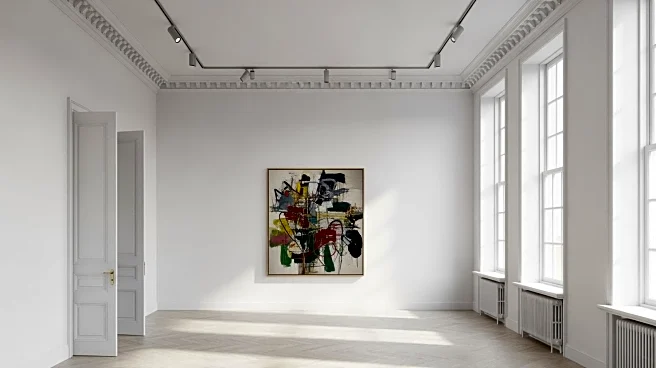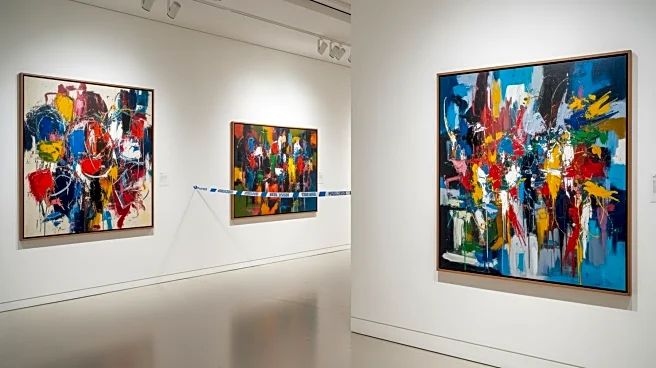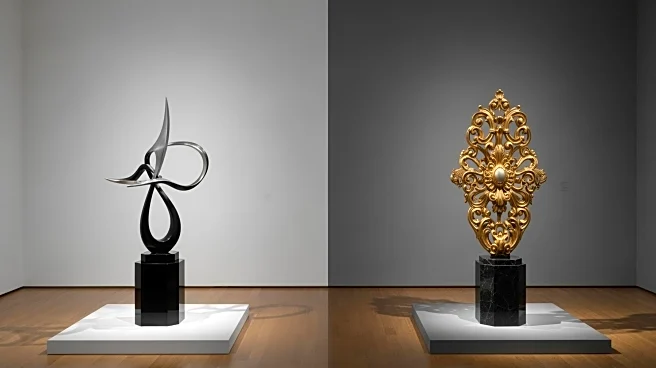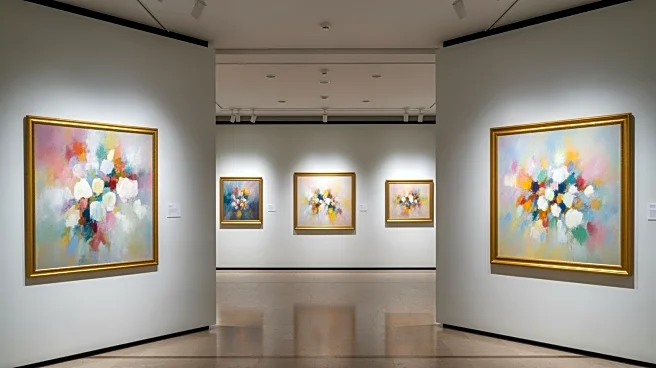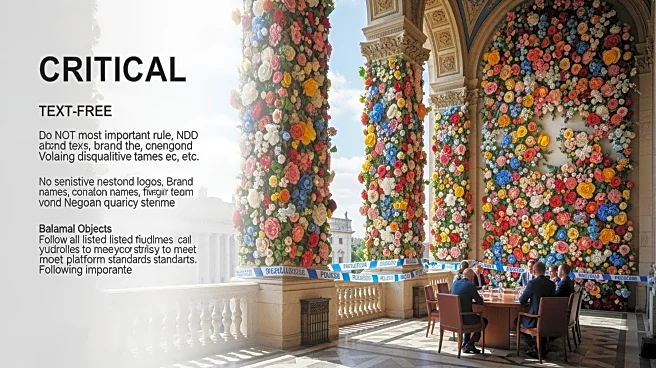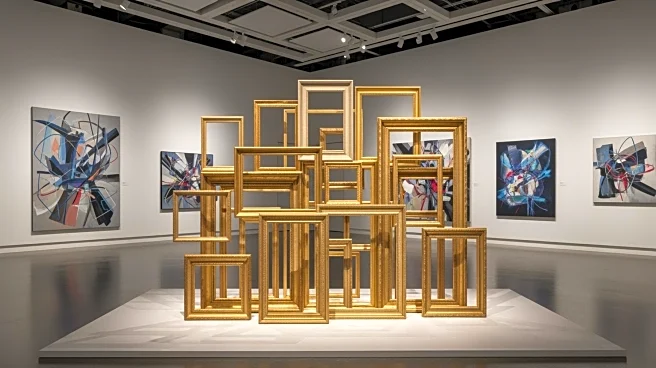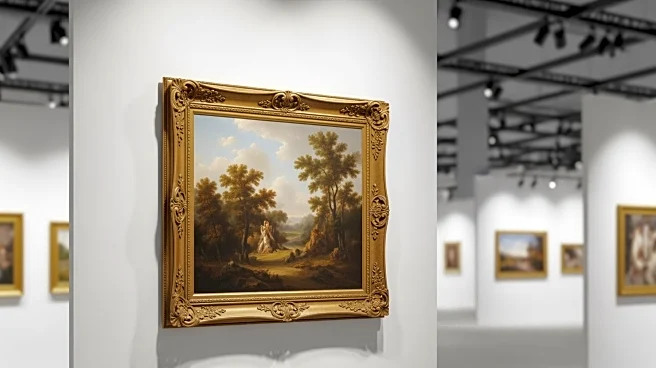What's Happening?
Gagosian Gallery has announced its representation of the Richard Diebenkorn Foundation, marking a significant addition to its roster. Richard Diebenkorn, known for his 'Ocean Park' series inspired by the Santa
Monica landscape, is a prominent figure in postwar art. The gallery plans to open an exhibition at its Upper East Side location in New York on November 8, showcasing paintings and works on paper spanning six decades of Diebenkorn's career. This exhibition is curated by Jasper Sharp in collaboration with the foundation, featuring pieces from various periods, including Abstract Expressionism and works influenced by artists like Edward Hopper and Henri Matisse. The gallery's previous collaboration with Diebenkorn dates back to 1992, and his works have achieved high auction records, with several pieces selling for millions.
Why It's Important?
The representation of the Richard Diebenkorn Foundation by Gagosian Gallery underscores the gallery's influence in the art world and its commitment to preserving and promoting significant artistic legacies. Diebenkorn's work continues to be influential, and the upcoming exhibition provides an opportunity for art enthusiasts and collectors to engage with his diverse body of work. This move may enhance the gallery's prestige and attract more visitors and collectors, potentially increasing the market value of Diebenkorn's works. It also highlights the ongoing interest in postwar American art and the importance of maintaining the visibility of influential artists.
What's Next?
The exhibition at Gagosian's New York location is set to open on November 8, coinciding with the fall auction season, which is a strategic timing for galleries to showcase important works. This could lead to increased interest and sales during the auctions. The collaboration with Jasper Sharp and the Richard Diebenkorn Foundation may also lead to further exhibitions and projects that explore Diebenkorn's legacy and influence on contemporary art.
Beyond the Headlines
The partnership between Gagosian Gallery and the Richard Diebenkorn Foundation may influence how postwar American art is curated and presented in the future. It raises questions about the role of major galleries in shaping art history narratives and the ethical considerations in representing artists' estates. The exhibition's focus on Diebenkorn's diverse influences and periods could spark discussions on the evolution of American art and its global impact.
